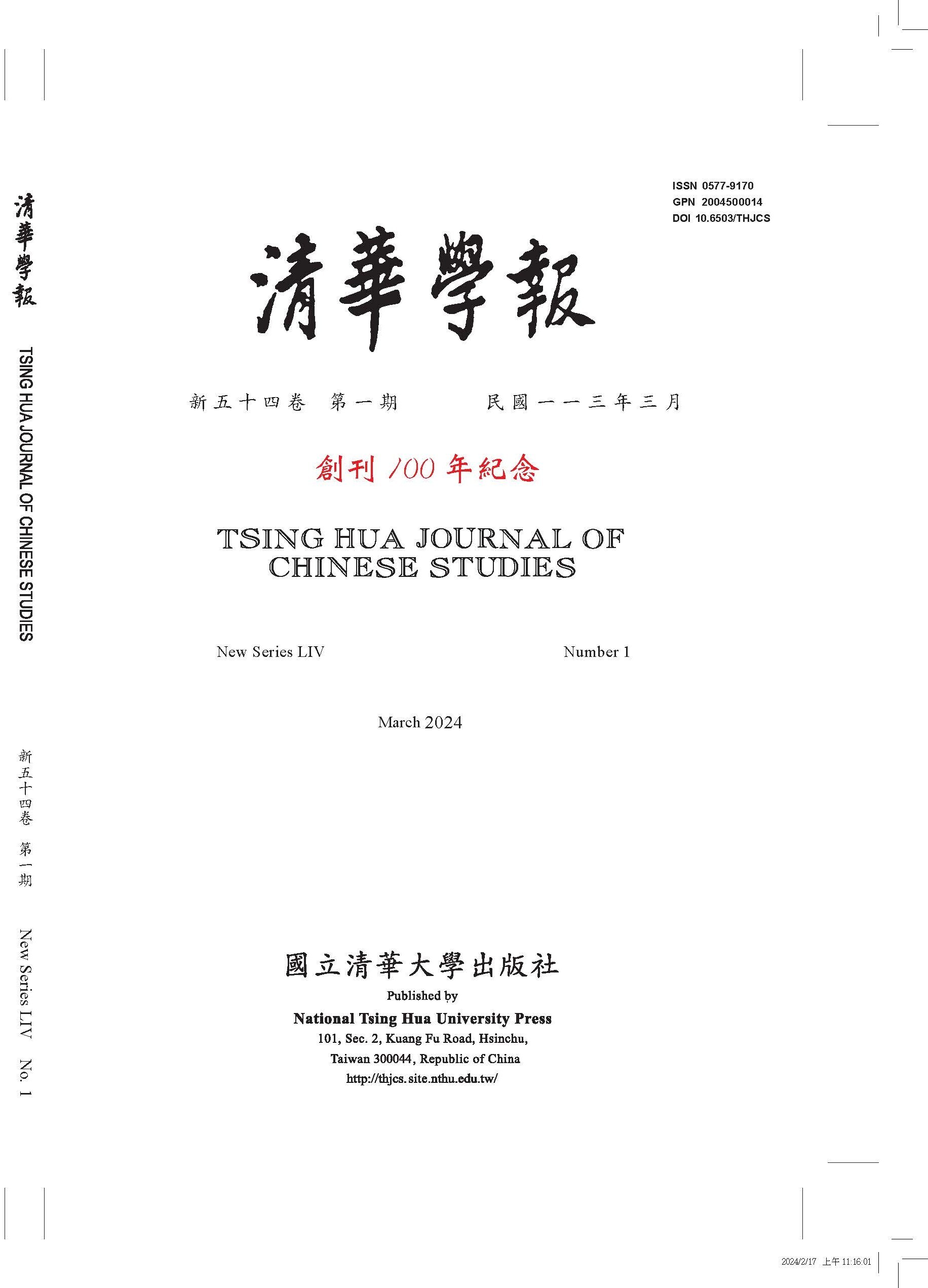When Focus Stress Meets Nucleus Stress: A Case Study of the Negative Deontic ‘V Shenme NP’ Construction in Mandarin
Vol. 49 No. 4 12/2019
|
Title |
When Focus Stress Meets Nucleus Stress: A Case Study of the Negative Deontic ‘V Shenme NP’ Construction in Mandarin |
|
Author |
Wang Changsong, Chin Wei |
|
Genre |
Article |
|
Pages |
721-763 |
|
DOI |
10.6503/THJCS.201912_49(4).0005 |
|
Download |
|
|
Language |
Chinese |
|
Key words |
V shenme NP, high focus (stress), low focus (stress), nucleus stress, contrastive focus (stress) |
|
Abstract |
This paper studies grammaticality variation with the size of NPs in the Mandarin ‘V shenme NP’ construction with negative deontic meaning from the syntax-prosody interface. We investigate the interactions between different types of stresses and propose the following: (a) low focus phrases, headed by shenme 什麼, and high focus phrases, headed by bie 別/buyao 不要/bu 不/zhi 只, must be distinguished; (b) different stresses interact with each other. First, it is argued that a low focus marker, i.e. shenme, bears a weak focus stress, and a high focus marker, i.e. bie/buyao/bu/zhi, bears a strong focus stress. Being relatively weak in nature, a weak focus stress assigned on shenme cannot override the nucleus stress assigned on the NP. Instead, it must compromise with the nucleus stress on the NP, resulting in the reanalysis between the two, which in turn bars the size of NPs from being projected into a more complex structure than NP. No such size restriction is found in a high focus phrase, as bie/buyao, being relatively strong in stress, can directly override the nucleus stress on the NP. Second, a contrastive focus stress, assumed to be the strongest, can directly override either a strong focus stress or a weak focus stress; moreover, it can cancel the NP size restriction in the ‘V shenme NP’ construction. This contrastive focus stress, as assigned on an adverb hai 還 or a locative phrase as zai shitang 在食堂 ‘in the cafeteria’, is assumed to be assigned at the phonological/lexical level. Finally, the constraints on the contrastive focus’s cancellation of the weak focus stress are discussed. |

